Big Cypress National Preserve is America's first National Preserve in the National Park System.
Located in South Florida just north of Everglades National Park, this unique freshwater swamp ecosystem is home to numerous threatened and endangered species.
If you are lucky, perhaps you will spot the Florida Panther, an Everglades Snail Kite, or perhaps the famed Ghost Orchid.
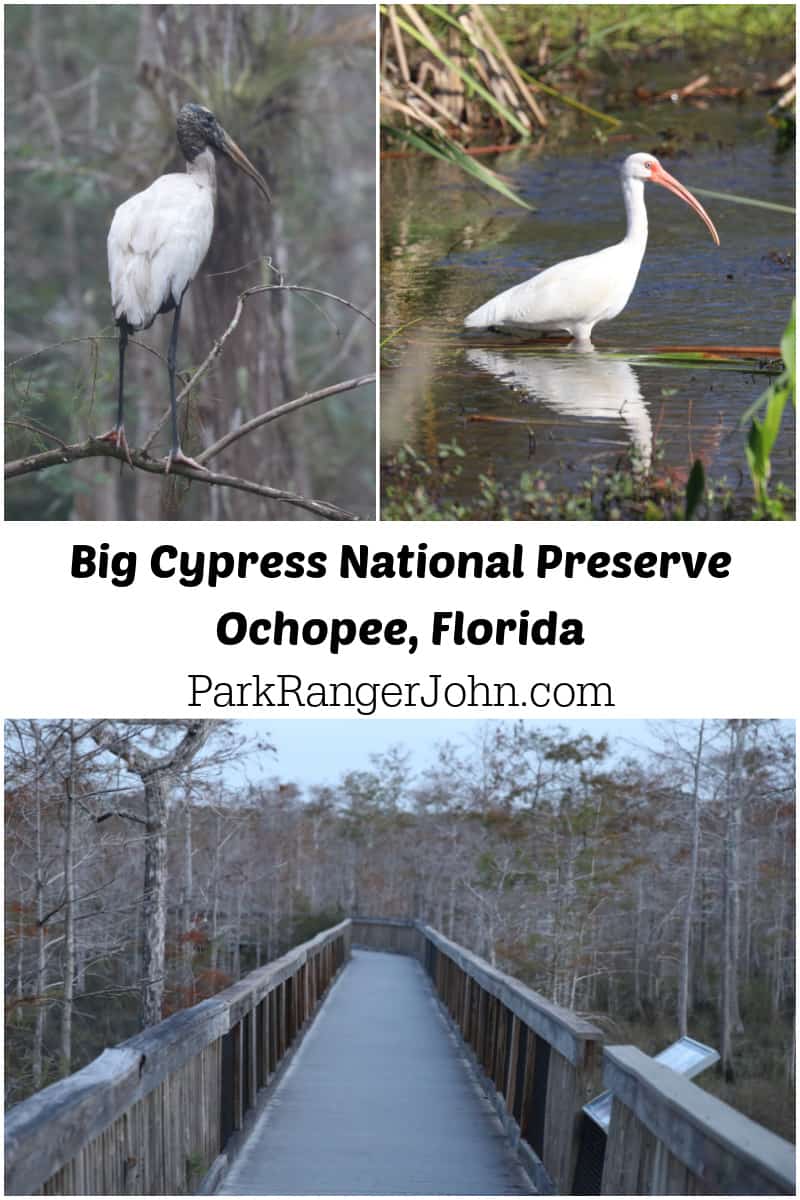
Big Cypress National Preserve
Of course, it is much more likely that you will see one of the species like a Wood Stork or the American Alligator who have greatly benefited from protection at the park level and through the Endangered Species Act.
Being a National Preserve means that you are likely to see activities you would not normally see in a National Park.
Several approved activities traditionally took place on these lands long before the National Park Service arrived.
These traditional activities and individuals who traditionally called this home still have private residences within the refuge. The Miccosukee and Seminole Tribes continue to access resources on these lands as their ancestors did for the construction of "chickees" (traditional shelters) and harvesting plants and animals for personal use.
Other activities include off-road vehicle use with customized four-wheel drive vehicles called swamp buggies and hunting is also allowed. Of course, check in with park officials before starting any of these activities.
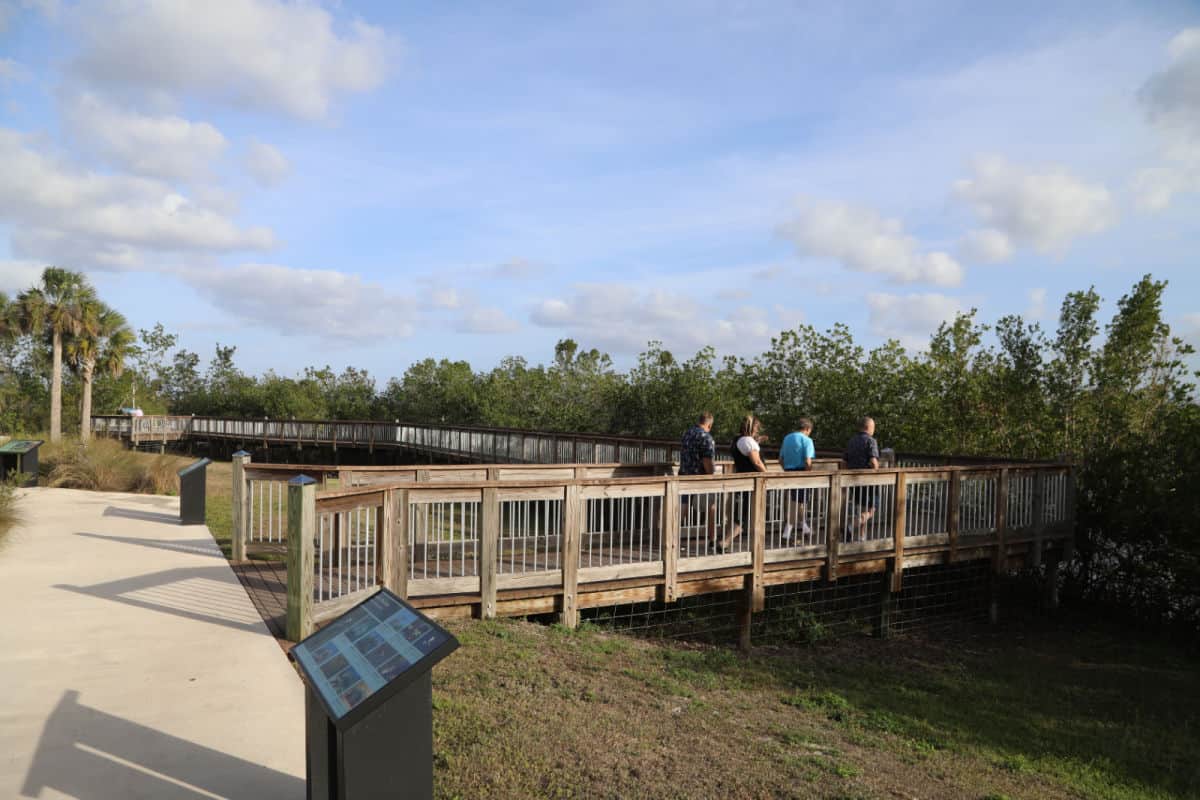
About Big Cypress National Preserve
Big Cypress is a hidden gem with over 700,000 acres of vast cypress swamps, wide-open prairies, wild waterways, and unique plant and animal life.
Big Cypress contains a mix of both tropical and temperate plant communities making it a really diverse ecosystem including the elusive Florida Panther.
The Big Cypress National Preserve is much less crowded than its better-known neighbor, and visitors can experience this wet and wild gem by paddling, hiking, driving, and more.
Is Big Cypress National Preserve worth visiting?
Yes! Not only is the Big Cypress National Preserve one of the best places to experience the Everglades, but it’s lesser-known than the famed Everglades National Park, which means there are fewer crowds to deal with.
It’s also conveniently located along Tamiami Trail, connecting the preserve to both the east and the west coasts of southern Florida.
In addition, entrance to the preserve is completely free!
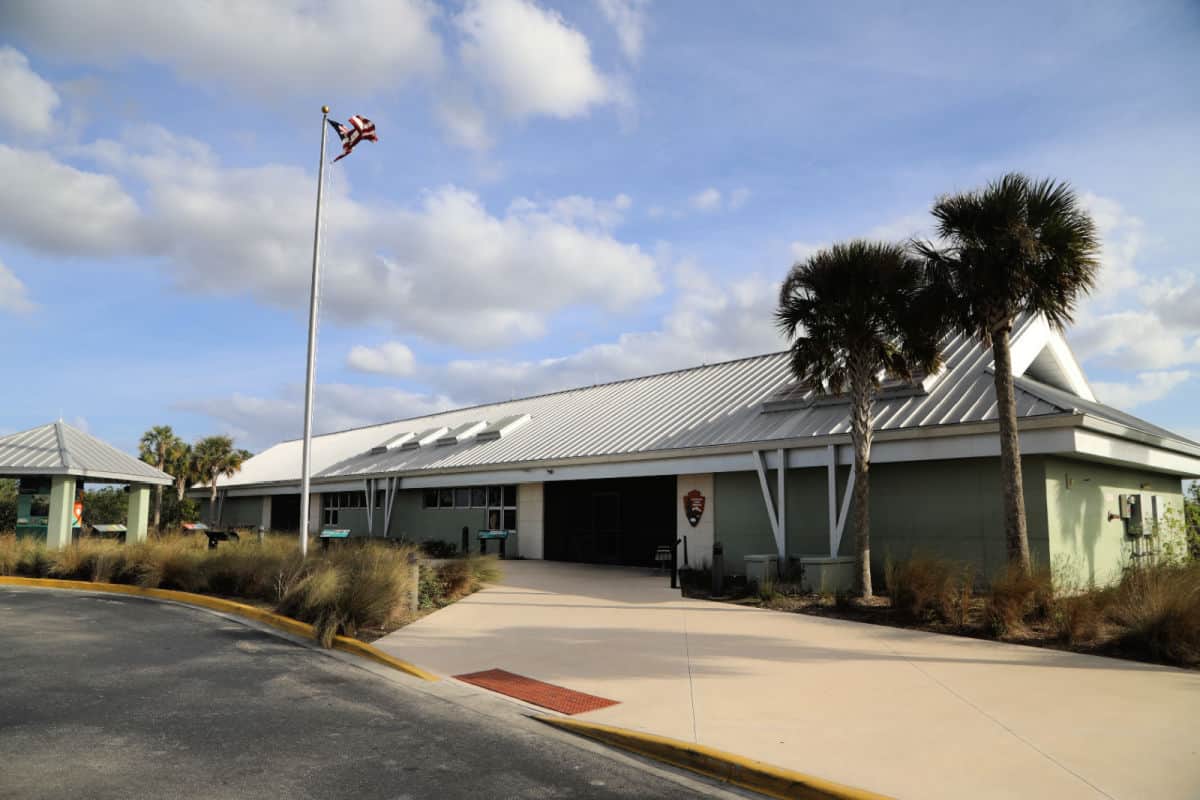
History of Big Cypress National Preserve
People have been exploring the Everglades area of southern Florida for centuries. From native tribes to European explorers and other settlers, the wetlands have been a source of intrigue throughout history.
After the creation of the Tamiami Trail in 1928, access to the region opened up to anyone who could afford a Model T.
Southern Florida quickly became subject to a building boom, and Big Cypress National Preserve almost fell prey to the development of a jetway.
Luckily, the people of Florida protested the destruction of this incredible area, and in 1974 the preserve was created to protect the area.
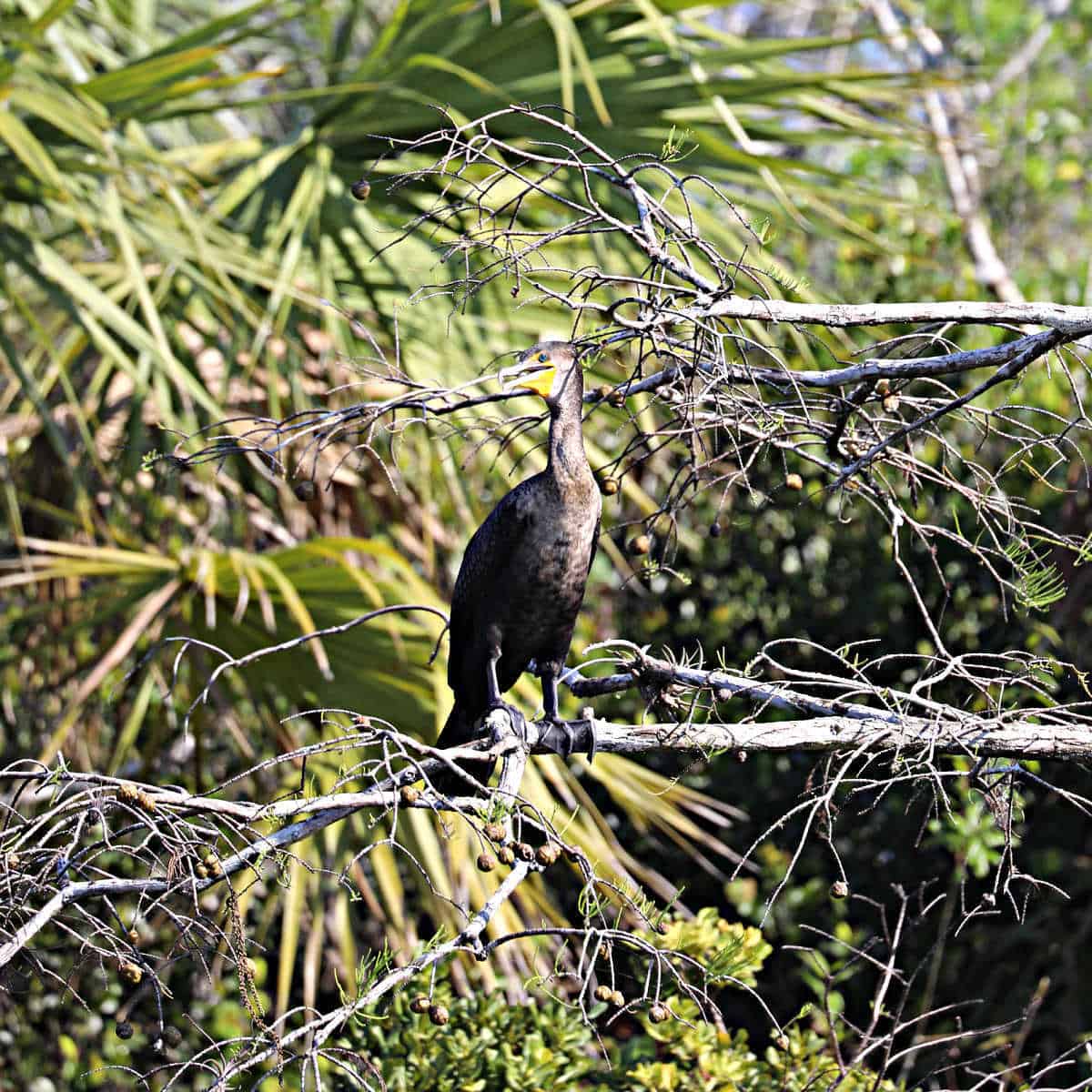
Things to know before visiting Big Cypress National Preserve
Entrance fee
$0.00 - There is no entrance fee to access to the preserve
Learn more about National Park Passes for parks that have an entrance fee.
$80.00 - For the America the Beautiful/National Park Pass. The pass covers entrance fees to all US National Park Sites and over 2,000 Federal Recreation Fee Sites for an entire year and covers everyone in the car for per-vehicle sites and up to 4 adults for per-person sites.

Buy your pass at this link, and REI will donate 10% of pass proceeds to the National Forest Foundation, National Park Foundation, and the U.S. Endowment for Forestry & Communities.
National Park Free Entrance Days -Mark your calendars with the five free entrance days the National Park Service offers annually.
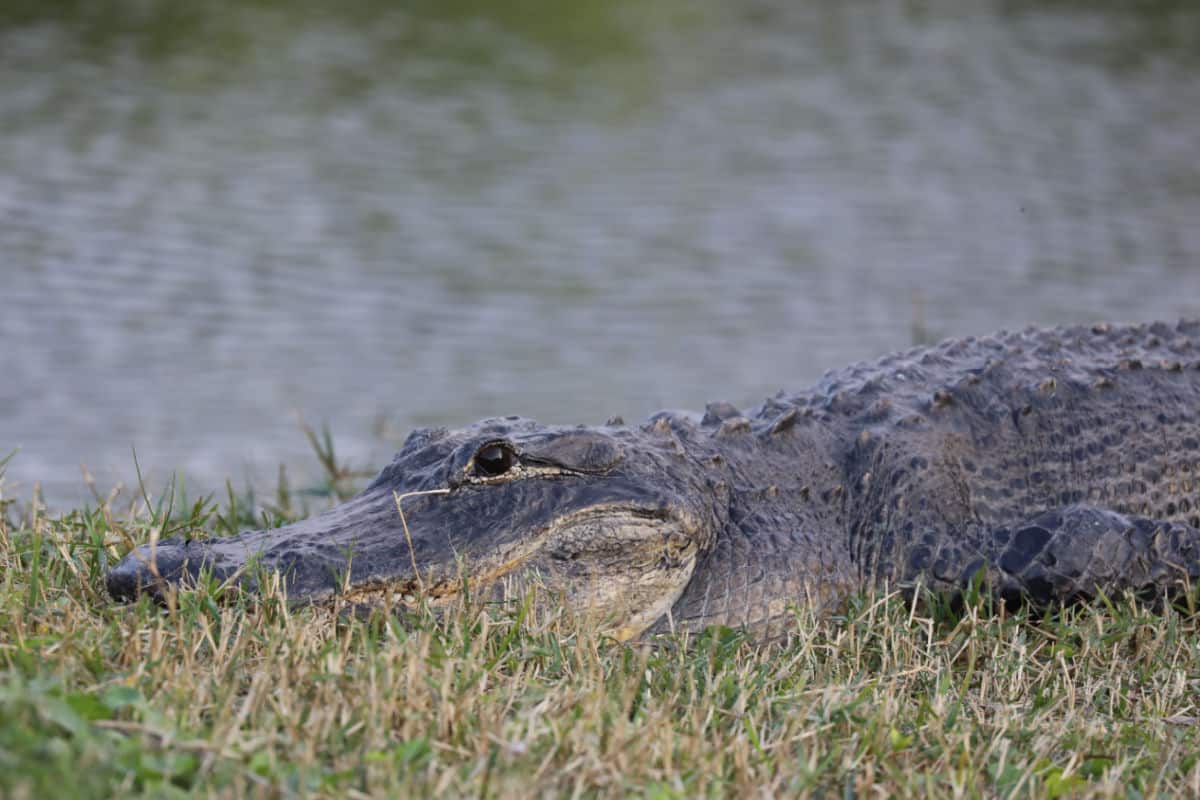
Time Zone
Eastern Time Zone (EST)
Pets
Pets are allowed in the park but they can not be on any boardwalks, backcountry hiking trails, or in the visitor centers.
Pets must be on a leash at all times.
Cell Service
Cell service is spotty within the park. Do not expect to have great service.
Park Hours
The preserve is open 24 hours a day365 days a year.
There are two Visitor Centers for Big Cypress National Preserve
The Oasis Visitor Center
52105 Tamiana Trail East
Ochopee, Florida 34141
The Nathaniel P Reed Visitor Center
33000 Tamiana Trail East
Ochopee, Florida 34141
Both Visitor Centers are open 9:00 a.m. - 4:30 p.m. 7 days a week and Closed Christmas Day.
Wi-Fi
Nathaniel P. Reed Visitor Center has free public Wi-Fi.
Insect Repellent
Insect repellent is always a great idea when outdoors, especially if you are around any body of water.
We use Permethrin Spray on our clothes before our park trips.
Water Bottle
Make sure to bring your own water bottle and plenty of water with you. Plastic water bottles are not sold in the park.
Parking
Large parking lots are available at both visitor centers. There are also a few smaller lots located near the park’s trailheads and other points of interest.
Food/Restaurants
There are no restaurants within the park.
There are grocery stores and restaurants in Everglades City just west of the park.
Gas Station
There are no gas stations within the park.
Drones
Drones are not permitted within National Park Sites.
National Park Passport Stamps
National Park Passport stamps can be found in the visitor center.
Make sure to bring your National Park Passport Book with you or we like to pack these circle stickers so we don't have to bring our entire book with us.
Electric Vehicle Charging
There are no electric vehicle charging stations within the preserve. However, you will find EV stations in many of the surrounding communities, including Ochopee, Fort Myers, Naples, and more.
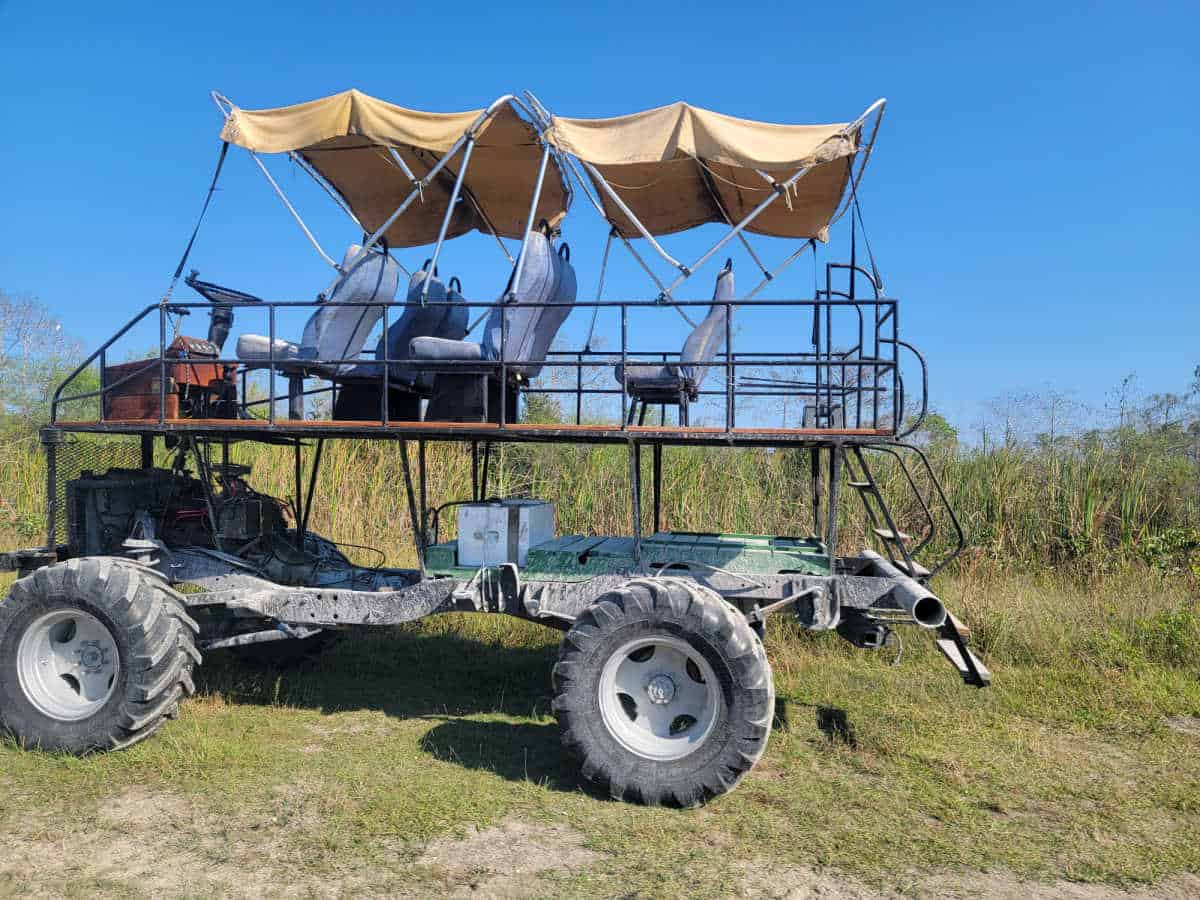
Double Details about Big Cypress National Preserve
Size - 729,00 acres (2,400 square miles)
Check out how the park compares to other National Parks by Size.
Date Established
October 11, 1974 - established as the nation’s first national preserve
Visitation
In 2021, Big Cypress NP had 2,563,810 park visitors.
In 2020, Big Cypress NP had 1,181,930 park visitors.
In 2019, Big Cypress NP had 1,007,471 park visitors.
Learn more about the most visited and least visited National Parks in the US National Park System.
National Park Address
Big Cypress National Preserve Headquarters
33100 Tamiami Trail East, Ochopee, Florida 34141
239-695-1103
National Park Map



Where is Big Cypress National Preserve?
Big Cypress Preserve is located along Tamiami Trail East and I-75 in southern Florida.
Big Cypress is one of our top things to do in Florida! You do not want to miss time in this park.
Estimated distance from major cities nearby
Everglades City, FL - 4 miles
Naples, FL - 32 miles
Fort Myers, FL - 71 miles
Tampa, FL - 194 miles
Miami, FL - 46 miles
Orlando, FL - 202 miles
Marco Island, FL - 26 miles (Check out top things to do in Marco Island)
Fort Lauderdale, FL - 68 miles
Atlanta, GA - 643 miles
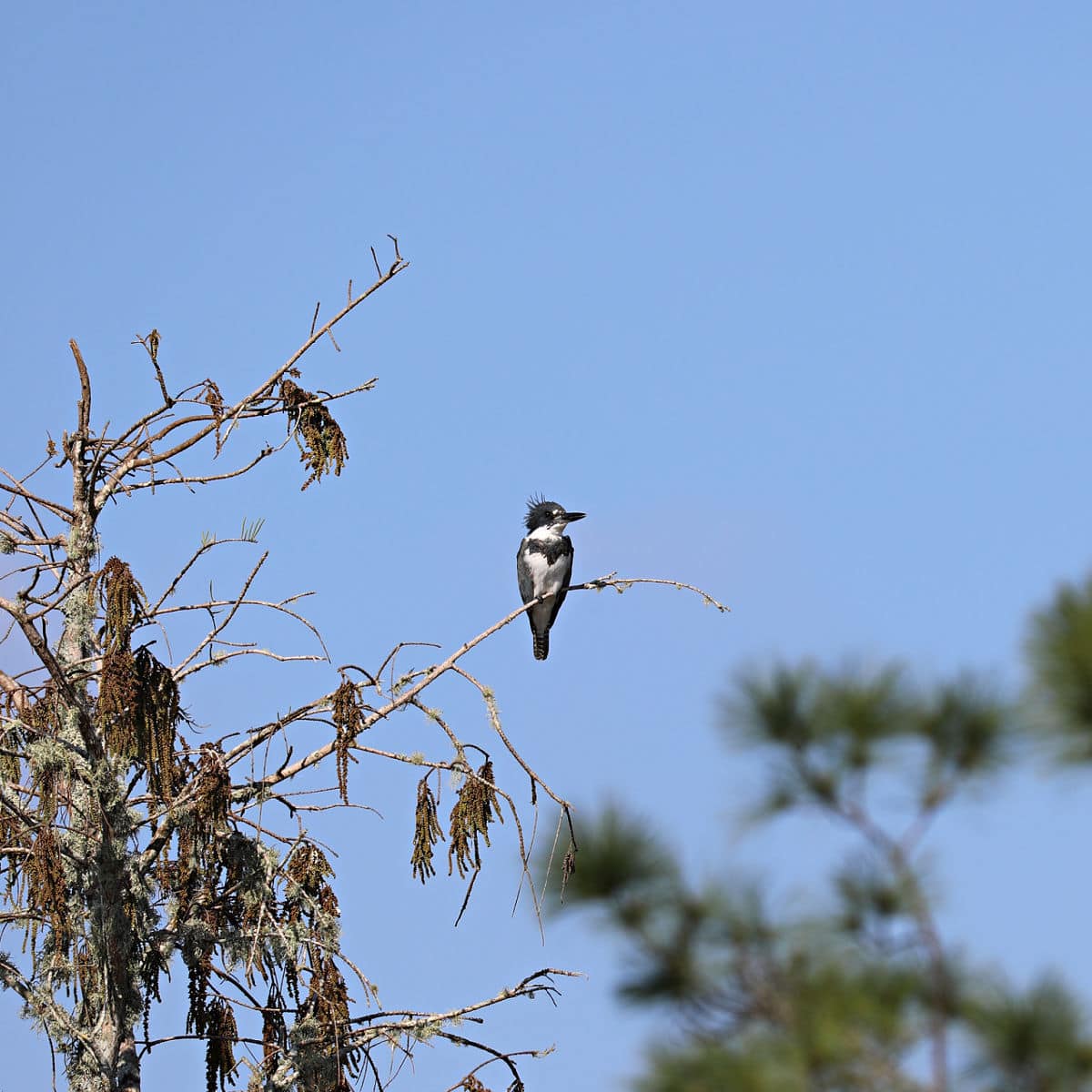
Estimated Distance from nearby National Park
Everglades National Park - 5 miles
Biscayne National Park - 55 miles
Dry Tortugas National Park - 56 miles
Congaree National Park - 656 miles
Mammoth Cave National Park - 981 miles
Where is the National Park Visitor Center?
We suggest starting your visit at one of the park visitor centers. The Big Cypress Swamp Welcome Center is an inter-agency that includes an information desk, restrooms, and park store.
Nathaniel P. Reed Visitor Center
33000 Tamiami Trail East, Ochopee, Florida 34141, United States
239-695-4758
Oasis Visitor Center
52105 Tamiami Trail East, Ochopee, Florida 34141
239-695-4111
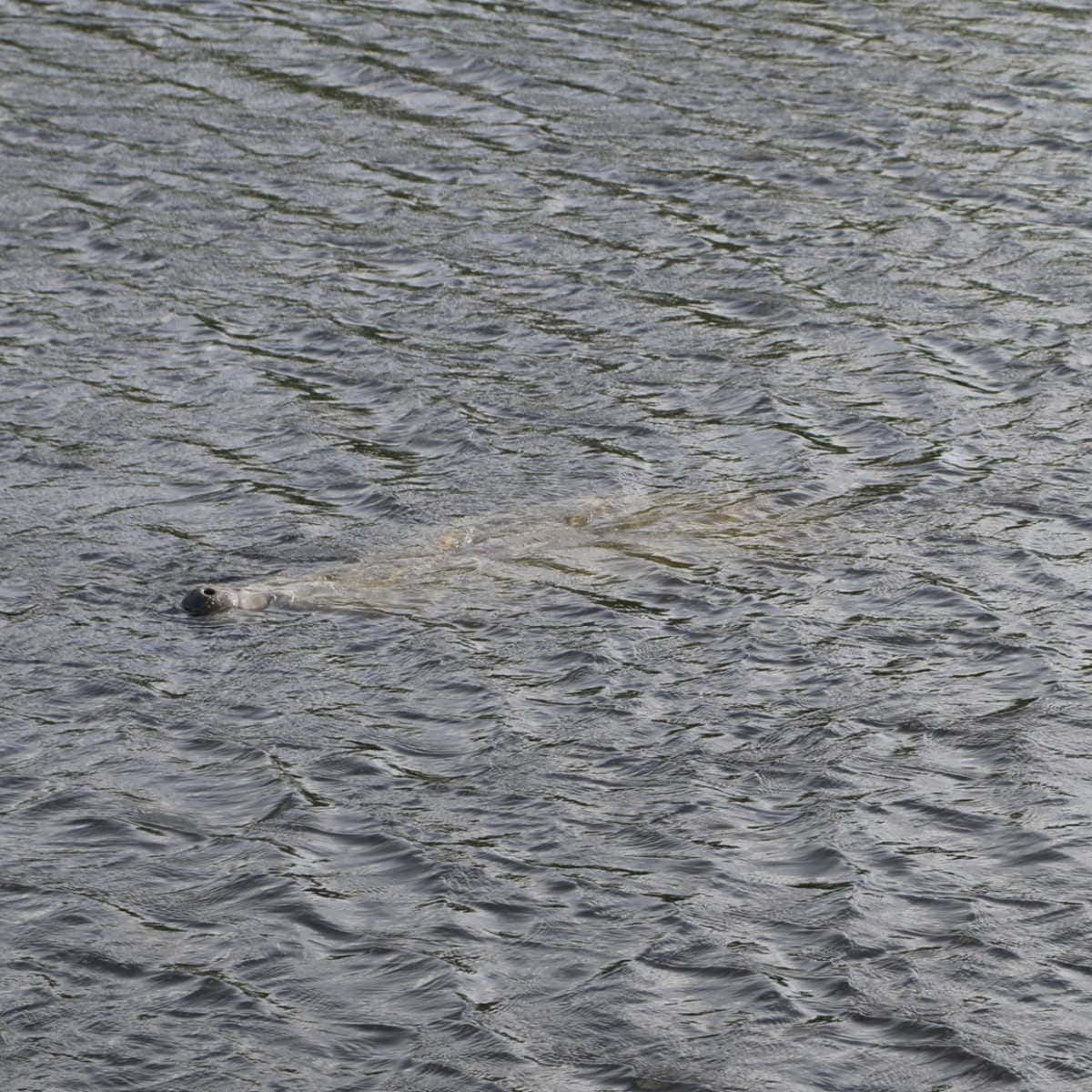
Getting to Big Cypress National Preserve
International Airports
Miami International Airport (MIA)
Fort Lauderdale Hollywood International Airport (FLL)
Southwest Florida International Airport (RSW)
Palm Beach International Airport (PBI)
Tampa International Airport (TPA)
Regional Airports
Charlotte County Airport (PGD)
Key West International Airport (EYW)
Sarasota Bradenton International Airport (SRQ)
Driving Directions
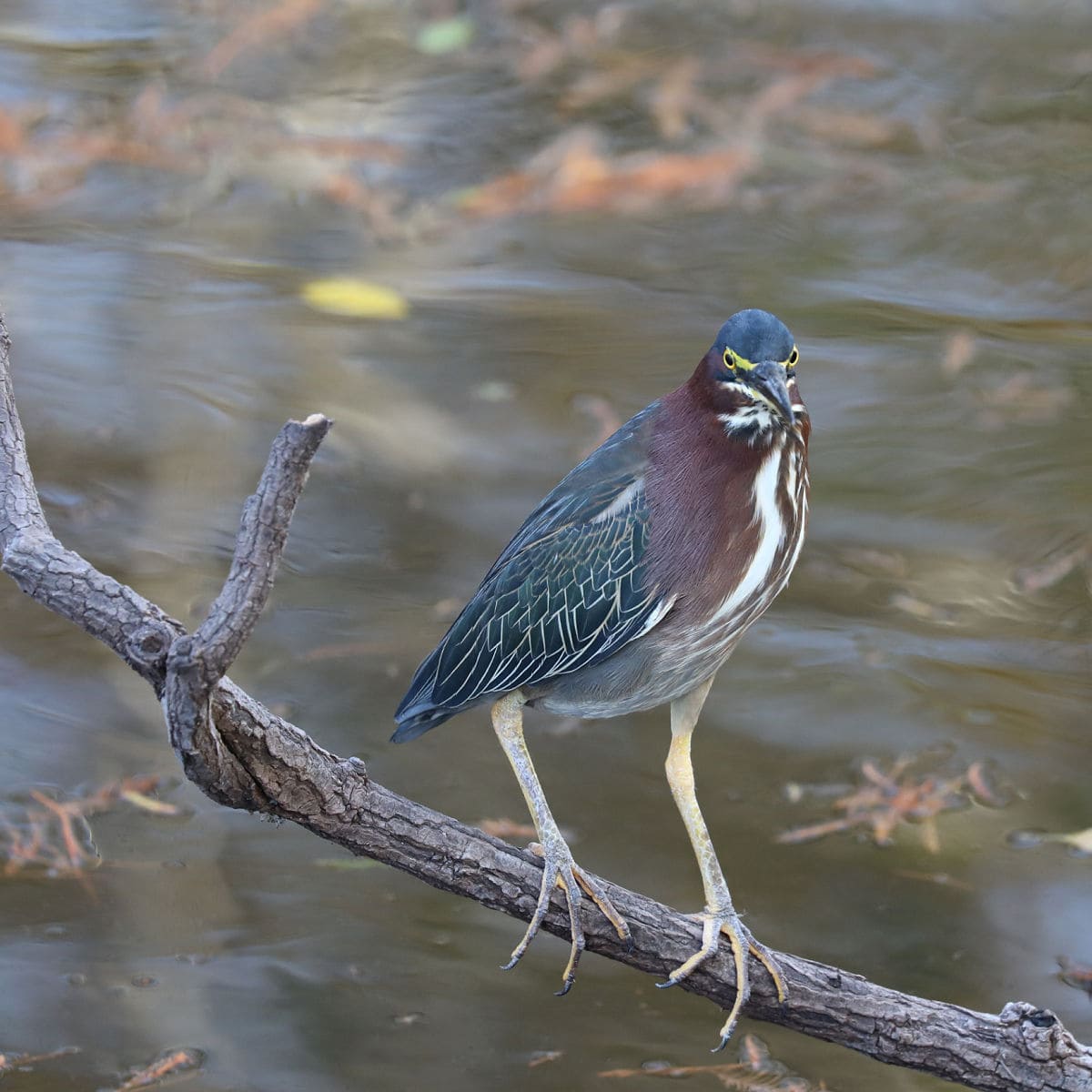
From Florida’s West Coast:
Take I-75 (Alligator Alley) South to Exit 80, SR-29. Head south on SR-29 (towards Everglades City) 17 miles to where it intersects with US-41 (Tamiami Trail). Turn Left onto US-41 southbound and proceed approximately two miles. Nathaniel P. Reed Visitor Center will be on your right, on the south side of US-41 (Tamiami Trail).
From East & South Naples, Everglades City, Marco Island:
Take US-41 southbound as if they were heading for Miami. Keep an eye out for the intersection of US-41 / SR-29 (flashing light) –you will only go approximately two miles further beyond that intersection. Nathaniel P. Reed Visitor Center will be on your right, on the south side of US-41. The Oasis Visitor Center is another 20 miles down the road on the opposite side.
From Florida’s East Coast:
From Fort Lauderdale, take I-75 North to Exit 80 (SR-29 / Everglades City). Head south on SR-29 (towards Everglades City) 17 miles to where it intersects with US-41. Turn Left onto US-41 / Tamiami Trail southbound and proceed approximately two miles. Nathaniel P. Reed Visitor Center will be on your right, on the south side of US-41. The Oasis Visitor Center is another 20 miles down the road on the opposite side.
From Southwest Florida:
Take US-41 / Tamiami Trail northbound (called SW 8th Street in Miami itself) and proceed northbound (technically, you are traveling west) all the way out. From the Keys or Homestead, Florida, we recommend taking 997 Krome Avenue, North to reach US-41. Once you leave the edge of Miami (at the intersection of US-41 / 997), you will drive about 40 miles. The Oasis Visitor Center is located on the right on the north side of US-41. Nathaniel P. Reed Visitor Center is another 20 miles down the road on the opposite side.
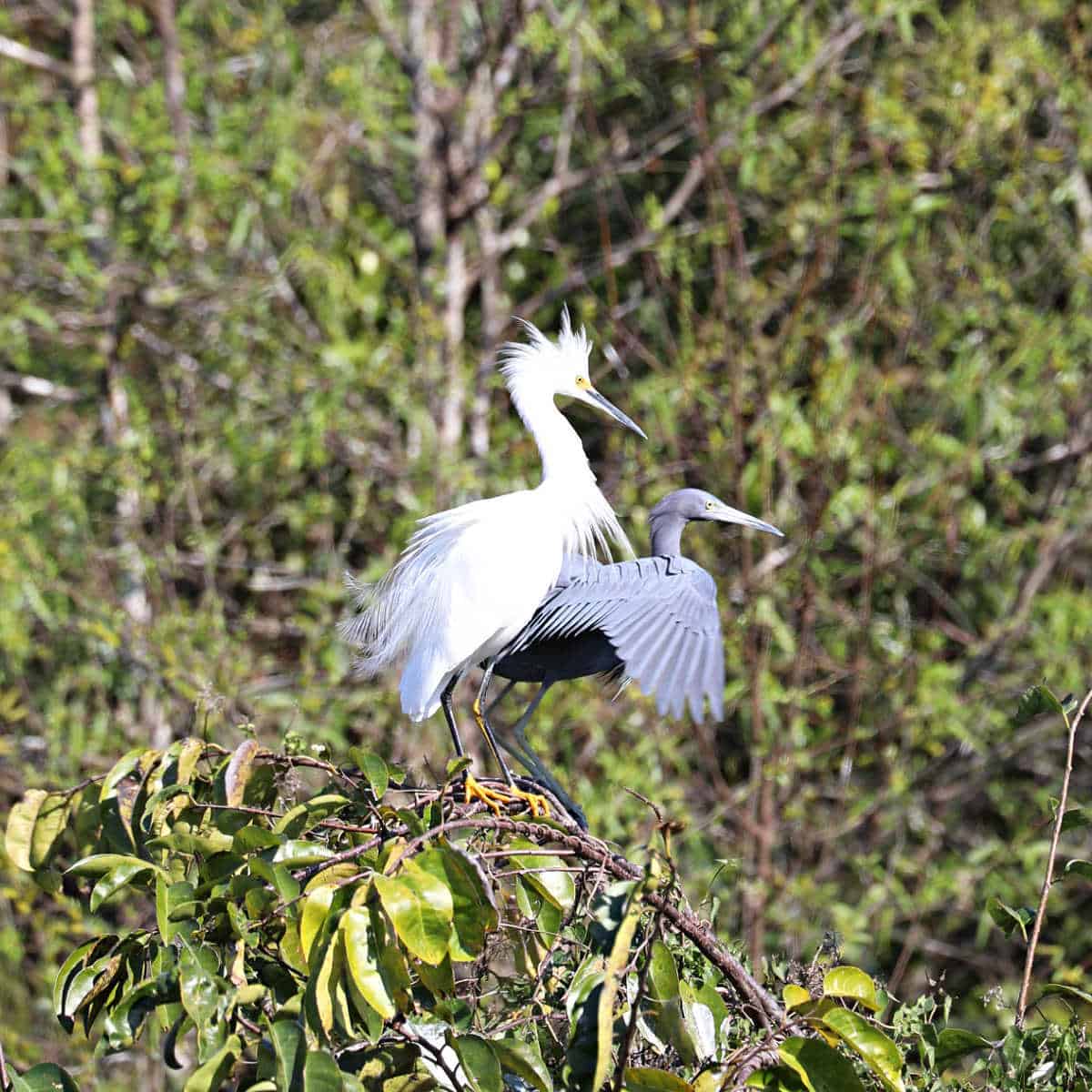
The best time to visit Big Cypress National Preserve
Although Big Cypress National Preserve is open year-round, the best time to visit is during the dry season: November-April. Comfortable temps and dry conditions mean fewer bugs and more wildlife-watching opportunities, but it also means more crowds.
Weather and Seasons
Spring
Early spring is still dry season, which means visiting the preserve during this time will give you fabulous conditions for hiking, wildlife watching, and more.
May is a bit hotter and rainier, but the crowds tend to thin out significantly.
So, if you want a happy medium of decent weather and not too many people, May is a great time to visit the preserve!
Summer
Summer at the swamp is not recommended. Temperatures soar into the high 90s, and rainfall is at its peak, which makes many of the most popular activities difficult or downright impossible.
Biting insects also LOVE the summer and rainy season, so bring a great rain jacket, long sleeves, waterproof boots, and plenty of bug spray if you want to visit the park during this sweltering season.
Fall
Early fall is still the wet season, so proceed with caution if you plan a visit for September.
October can be considered a shoulder season, as it’s still hot and wet, but temperatures and rainfall decrease slightly.
November is the start of the dry season, which also marks the start of the park’s busiest season.
Winter
Winter season is the most popular time to visit the Big Cyprus National Preserve. This is peak dry season, with lower temps, fewer mosquitos, and plenty of wildlife to observe.
As with any national park or preserve, great conditions mean that visitation also increases.
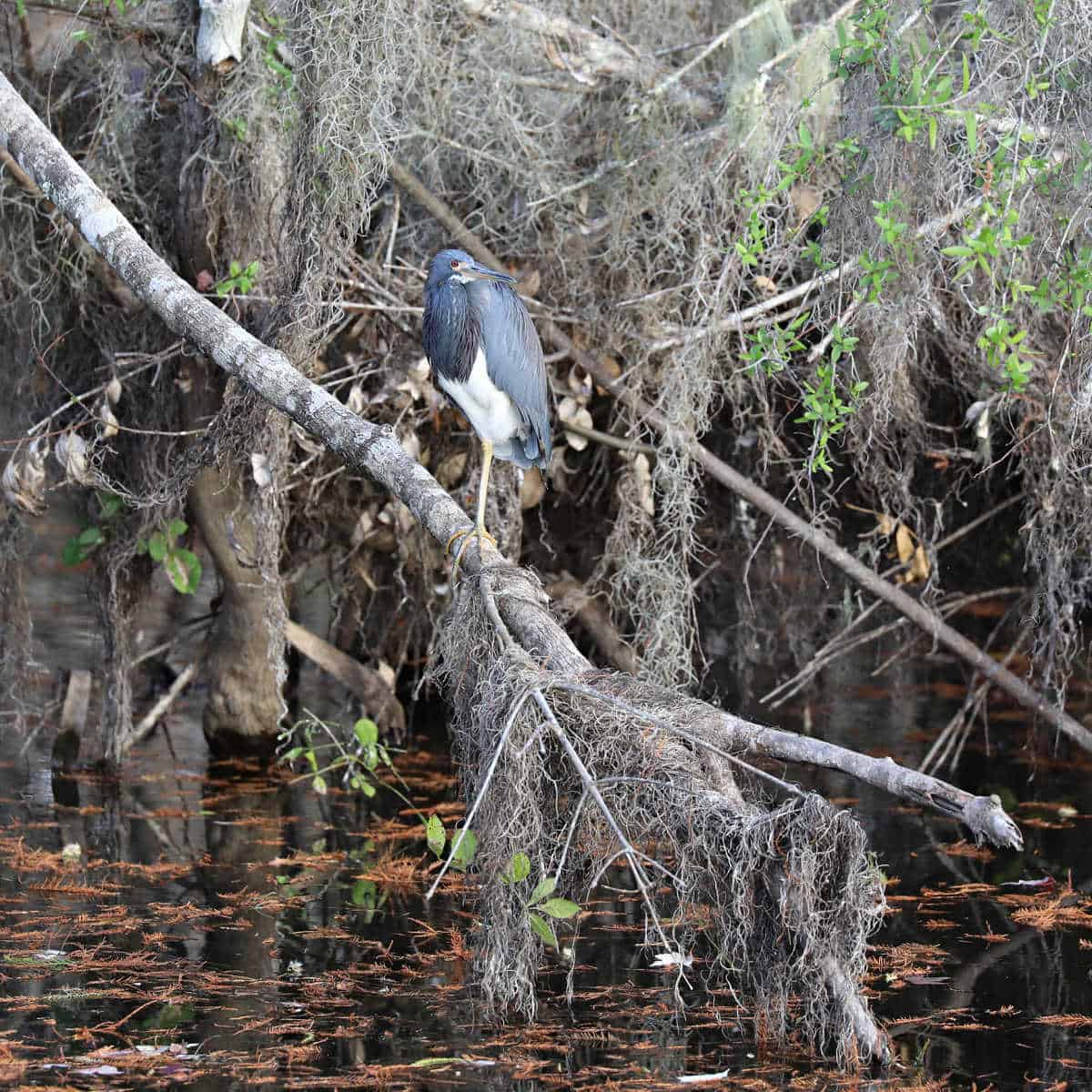
Best Things to do in Big Cypress National Preserve
Wildlife viewing
There is no shortage of recreational opportunities in Big Cypress National Preserve.
One of the highlights is all the diverse wildlife that calls the area home. No trip to the swamp is complete without seeing at least one American alligator, and there are tons of other species to be seen here as well, including otters, snakes, and plenty of shorebirds.
The H.P. Williams Roadside Park is one of the best places for spotting wildlife, though the Kirby Storter Boardwalk is a close second.
You could also head into the preserve’s back roads and trails where more rare species spend their time, including the endangered Florida panther, bobcats, and black bears.
Junior Ranger Program
Whether you’re traveling with youngsters or not, be sure to participate in the park’s Junior Ranger Program.
You’ll learn all about the preserve in a fun, hands-on way, and once you complete the program, you’ll receive a badge to commemorate your time at Big Cypress National Preserve.
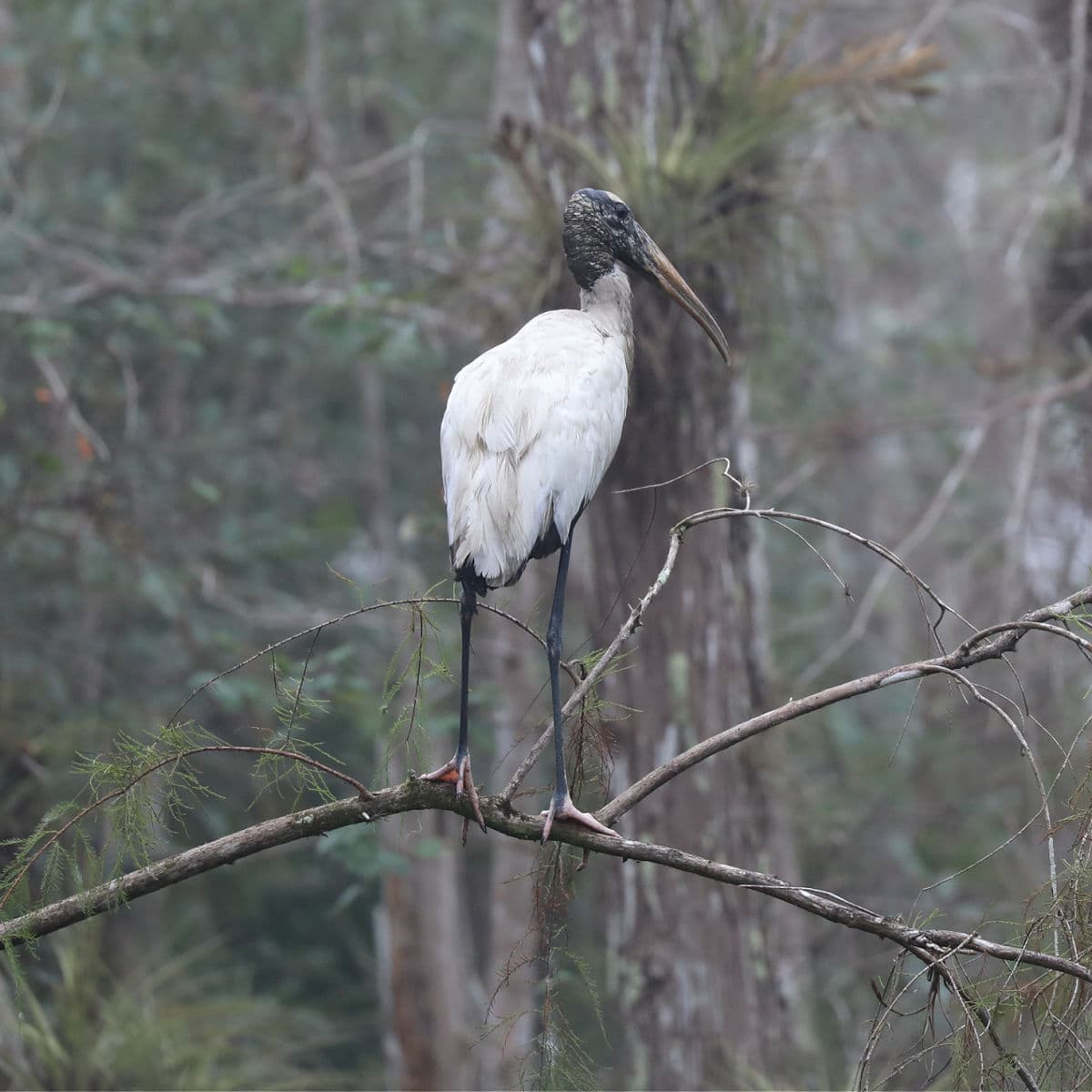
Bird Watching
There is an abundance of wildlife, particularly bird-watching at Big Cypress! The wet cypress swamp plays host to a wide variety of bird species, but there are four other habitats within the park that play host to feathered friends as well, including estuaries, pinelands, open prairies, and hardwood hemlocks.
No matter where you are in the preserve, you’ll likely observe a myriad of bird species, from herons and storks to waterfowl and hawks and everything in between.
Check out the preserve website for a complete list of all the birds that have been spotted in the area.
Birds to look for include Great blue herons, wild turkeys, anhinga, Bald Eagles, Red-shouldered hawks, Purple Martins, Northern Mockingbirds, Palm Warblers, and so many more.
Canoe/Kayaking
Taking to the water while visiting Big Cypress National Preserve is one of the best ways to experience the swamp up close and personal. The Turner River and various other waterways flow through the preserve, and you can paddle through the wilderness alone or hire an outfitter to guide you.
Hiring an outfitter is recommended, as this area is seriously wild. If you go it alone, stick to the out-and-back water trail south of Tamiami Trail.
As you paddle, you’ll pass through mangrove tunnels, grassy glades, and other jungle-like landscapes. You’ll likely see lots of wildlife as well, including alligators and a variety of birds.
Ranger Guided Programs
In addition to the Junior Ranger Program, Big Cypress National Preserve has a variety of ranger-led programs, including astronomy programs, wilderness walks, paddling excursions, buggy tours, and more.
Some programs are run through the reserve and are free, while others are run through the Big Cypress Institute and have a fee.
Check out the National Preserve Website to learn more about the ranger-guided tours that are available during your visit.
Off-Road Vehicles/Swamp Buggy
There is an extensive trail system set up in the park for driving off-road vehicles and airboat rides.
Off-road vehicle use requires appropriate permits.
Renewals and new ORV permit requests are now issued on Fridays, Saturdays, Sundays, and Mondays from 9:00 am -1:30 pm at the Nathanial P. Reed Visitor Center (33000 Tamiami Trail East. Ochopee, FL 34141.) Permits will be issued on a first-come first-served basis.
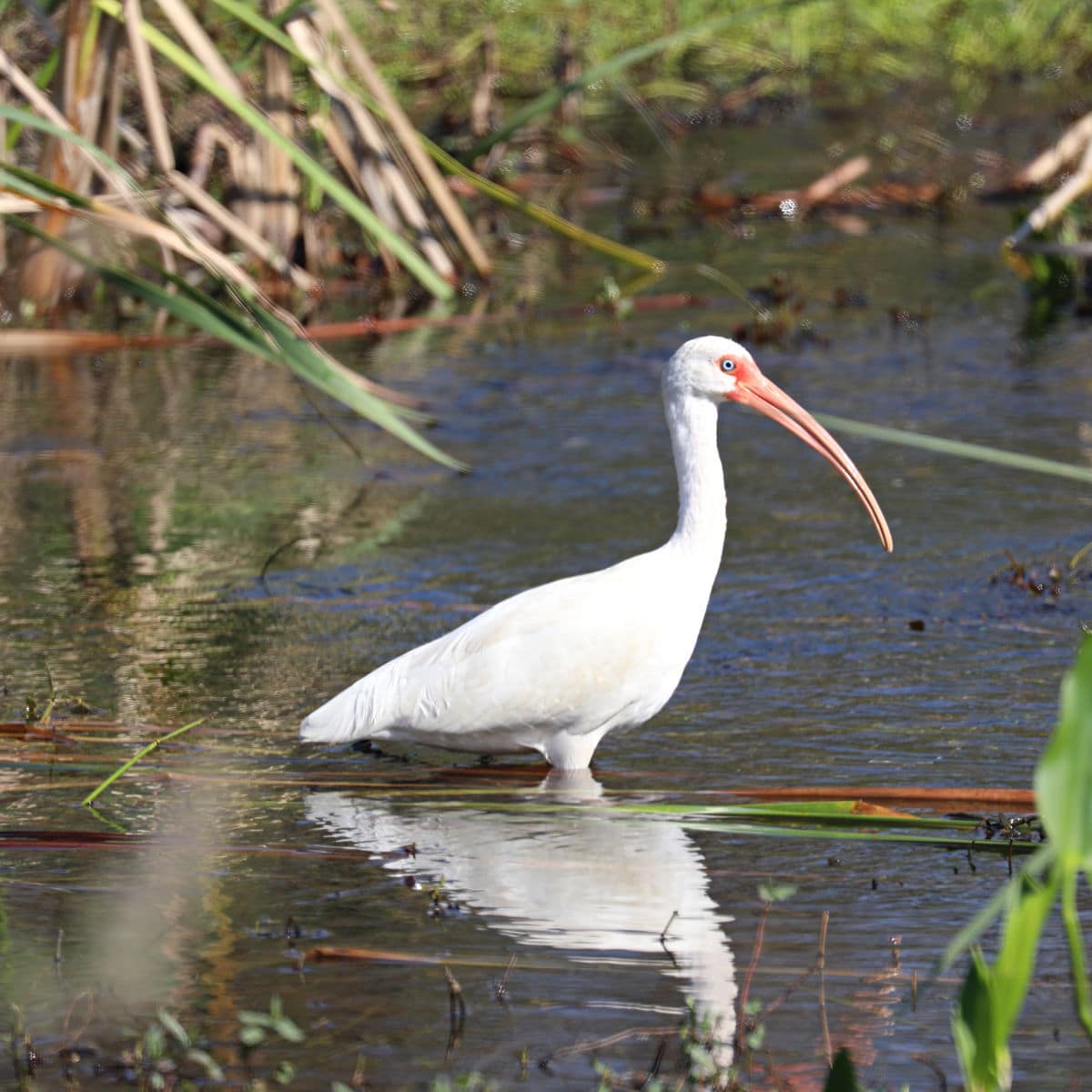
Scenic Drives
Loop Road
One of the best ways to experience Big Cypress National Preserve is by driving along the historic backcountry Loop Road.
This 27-mile unpaved route was once used by a pioneer community determined to stay away from civilization, but today the road is a scenic route that leads through pine forests, dwarf cypress tree groves, and hemlock hammocks.
You’ll be able to peep views of the swamp as you cross over bridges, and you’ll likely spot alligators and wading birds making their way to the water.
Turner River Road / Wagonwheel / Birdon Roads Loop Drive
This 17-mile route is another beautiful place to take a drive. The road leads through open wet prairies, which makes it an especially great route for birding.
Hiking in Big Cypress National Preserve
Always carry the 10 essentials for outdoor survival when exploring.
Hiking in Big Cypress National Preserve is often more like wading through a swamp, but there are a few trails worth traversing in certain seasons.
Hiking during the wet season often means waist-high water, so try to hike during the dry season (November-April) to get the best experience.
There is a great mix of short walks and short boardwalks along with longer hikes.
Gator Hook Trail
Distance - 4.7 miles
Trail Difficulty - Easy
Time Required - 2 hours
Trailhead - Loop Road
This is one of the most popular trails in the preserve. You’ll hike past a dwarf cypress forest before coming across an open prairie with cypress domes visible in the distance.
Be prepared for knee-deep water in some sections - even during the dry season!
Florida National Scenic Trail (Oasis Visitor Center - Big Cypress North)
Distance - 29.5 miles
Trail Difficulty - Moderate
Time Required - 9 hours
Trailhead - Route 75 / Alligator Alley OR Oasis Visitor Center
If you want to take a multi-day trek through the swamp, hop on this section of the greater Florida Trail. You can expect plenty of mud and water (even in the dry season), along with spectacular views of dwarf cypress groves and jungle-like forests.
There are a few backcountry camping spots along the route (permit required), but if you don’t feel like traversing the whole trail, you can always turn around and hike back the way you came.
Kirby Storter Boardwalk
Distance - 1 mile
Trail Difficulty - Easy
Time Required - 30 minutes
Trailhead - Tamiami Trail
Hiking through wet, muddy conditions isn’t for everyone. If you want to stay dry but still get a good hike in, check out the Kirby Storter Boardwalk.
This elevated boardwalk passes through a cypress stand and ends at one of the deepest parts of the swamp.
This is an excellent trail for wildlife watching, so keep your eyes peeled for birds, turtles, alligators, and more.
How to beat the crowds in Big Cypress National Preserve?
The best way to beat the crowds at Big Cypress National Preserve is by visiting during a shoulder season, either May or October.
Conditions are still decent during these times, but visitation decreases significantly.
The park sees the fewest visitors during the summer season, but the heat, humidity, bugs, and rainfall make it impossible for us to recommend a trip during this time.
Where to stay when visiting Big Cypress National Preserve
There are no National Park Lodges within the park.
Lodging can be found in nearby Marco Island, Naples, and in Everglades City, Florida
Everglades Adventures Hotel Suites - Everglades Adventures Hotel Suites by Ivey House provides laundry facilities and more. Active travelers can enjoy amenities like ecotours and canoeing at this hotel. Stay connected with free in-room Wi-Fi.
Seminole Hotel Immokalee - Be sure to enjoy a meal at any of the 3 onsite restaurants. Stay connected with free in-room Wi-Fi, and guests can find other amenities such as a 24-hour gym.
Hilton Marco Island Beach Resort - 4-star family-friendly hotel by the ocean. Consider a stay at Hilton Marco Island Beach Resort and take advantage of a poolside bar, a coffee shop/cafe, and a library. With a white sand beach, sun loungers, and beach umbrellas, this hotel is the perfect place to soak up some sun.
JW Marriott Marco Island Beach Resort - 4-star eco-friendly resort by the ocean. At JW Marriott Marco Island Beach Resort, you can look forward to 36 holes of golf, 2 beach bars, and a poolside bar. With a beachfront location, beachfront dining, and beach cabanas, this resort is the perfect place to soak up some sun.
Click on the map below to see additional hotels and vacation rentals near the park.
Big Cypress Camping
There are eight front country National Park Service campgrounds available at Big Cypress National Preserve.
In addition, there are also various backcountry campgrounds located around the park.
Bear Island Campground
40 sites for tents and RVs
Open year-round
Vault toilets
First-come-first-served
Burns Lake Campground
15 sites for tents and RVs
Open August 15-April 15
Vault Toilets
Reservations available
Gator Head Campground
9 sites for tents
Open August 15-April 15
Vault Toilets
First-come-first-served
*Backcountry Permit Required. The campground is only accessible via OHV, biking, or hiking.
Midway Campground
36 sites for tents and RVs
Open year-round
Flush toilets
Potable drinking water
Dump station
Electric hookups available
Reservations available
Mitchell Landing Campground
11 sites for tents and RVs
Open August 15-April 15
Vault Toilets
First-come-first-served
Monument Lake Campground
36 sites for tents and RVs
Open August 15-April 15
Flush Toilets
Potable drinking water
Reservations available
Pinecrest Group Camping
4 group sites (8 tents & 15 people allowed per site)
Open year-round
Vault toilets
Reservations available
Pink Jeep Campground
9 sites for tents
Open August 15-April 15
Vault Toilets
First-come-first-served
*Backcountry Permit Required. The campground is only accessible via OHV, biking, or hiking.

For a fun adventure check out Escape Campervans. These campervans have built in beds, kitchen area with refrigerators, and more. You can have them fully set up with kitchen supplies, bedding, and other fun extras. They are painted with epic designs you can't miss!
Escape Campervans has offices in Vancouver, Seattle, Portland, San Francisco, Las Vegas, Los Angeles, Phoenix, Salt Lake City, Denver, New York, and Orlando
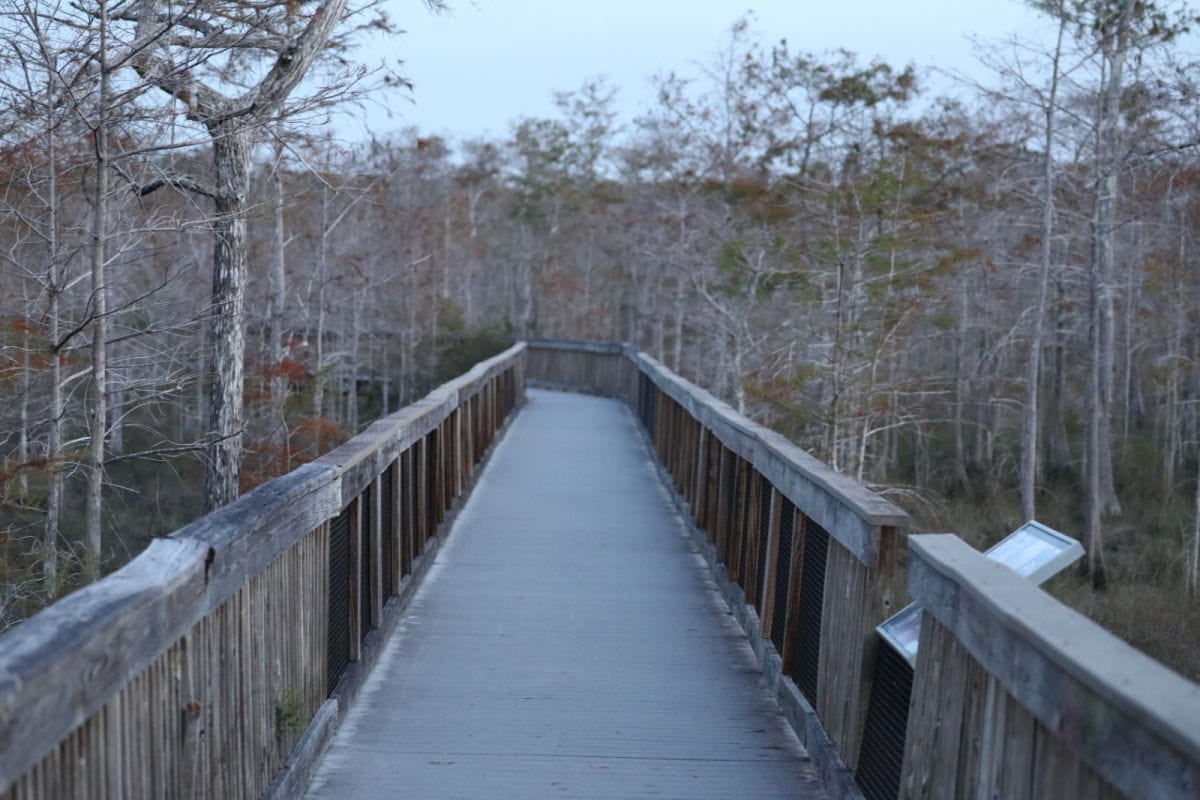
National Park Sites Near Big Cypress National Preserve
Everglades National Park- Complete Guide to planning your trip to Everglades National Park. Includes The Shark Valley, Flamingo, Ten Thousand Islands/Florida City area information
Biscayne National Park - Complete guide to planning your trip to Biscayne National Park. Includes Things to do, boat tours, and more!
Dry Tortugas National Park - Complete Guide to planning your trip to Dry Tortugas National Park including how to get to Dry Tortugas, visiting the Island, and camping.
De Soto National Memorial - Complete guide to planning your trip to DeSoto National Memorial. Includes activities and general park information.
Canaveral National Seashore - Complete guide to planning your trip to Canaveral National Seashore. Includes information on the wildlife drive, beach access, seeing manatees, and visiting Merritt Island National Wildlife Refuge.
Fort Matanzas National Monument - Complete guide to planning your trip to Fort Matanzas National Monument including general park information and list of activities.
Castillo De San Marcos National Monument - Complete guide to planning your trip to Castillo De San Marcos National Monument including general park information and list of activities.
Gulf Islands National Seashore - Complete guide to planning your trip to Gulf Islands National Seashore. Includes information for both the Florida and Mississippi sections of the park, activities, general information and campgrounds.
State Parks Near Big Cypress National Preserve
John D Pennekamp State Park -
Bahia Honda State Park - Florida -
Fort Zachary Taylor Historic State Park - Key West Florida - Complete guide to planning your trip to Fort Zachary Taylor State Historical Park. Includes Information on general park information as well as park activities.
Check out all of the Florida National Parks along with National Parks in Georgia, and Alabama National Parks
Other nearby Florida State Parks include Fakahatchee Strand Preserve State Park, Collier-Seminole State Park, Estero Bay Preserve State Park, Cayo Costa State Park, and Charlotte Harbor Preserve State Park.
Make sure to follow Park Ranger John on Facebook, Instagram, Pinterest, and TikTok





Leave a Reply